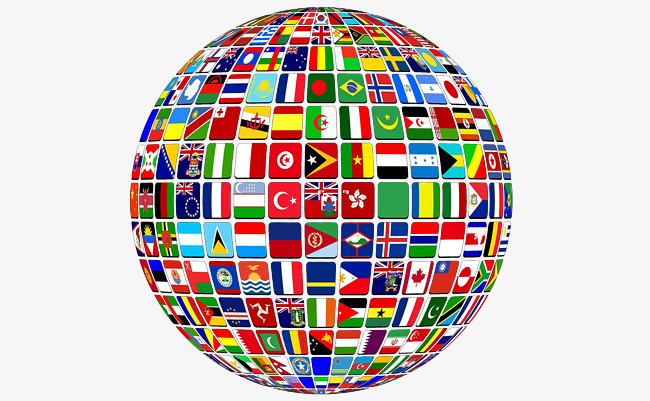| Telephones - mobile cellular | total subscriptions:1,105,250,941
subscriptions per 100 inhabitants: 84.27 (2019 est.) | total subscriptions:174,702,132
subscriptions per 100 inhabitants:76.38 (2019 est.) |
| Telecommunication systems | general assessment:supported by deregulation and liberalization of telecommunication laws and policies, India has emerged as one of the fastest-growing telecom markets in the world; implementation of 4G/LTE services shift to data services across the country; highly competitive mobile market with price wars and value-added-services of mobile data; potential to become one of the largest five data center markets globally; steps taken towards 5G services; fixed broadband penetration is expected to grow at a moderate rate over the next five years to 2023 (2020)
domestic: fixed-line subscriptions stands at 2 per 100 and mobile-cellular at 84 per 100; mobile cellular service introduced in 1994 and organized nationwide into four metropolitan areas and 19 telecom circles, each with multiple private service providers and one or more state-owned service providers; in recent years significant trunk capacity added in the form of fiber-optic cable and one of the world's largest domestic satellite systems, the Indian National Satellite system (INSAT), with 6 satellites supporting 33,000 (very small aperture terminals) VSAT (2019)
international: country code - 91; a number of major international submarine cable systems, including SEA-ME-WE-3 & 4, AAE-1, BBG, EIG, FALCON, FEA, GBICS, MENA, IMEWE, SEACOM/ Tata TGN-Eurasia, SAFE, WARF, Bharat Lanka Cable System, IOX, Chennai-Andaman & Nicobar Island Cable, SAEx2, Tata TGN-Tata Indicom and i2icn that provide connectivity to Europe, Africa, Asia, the Middle East, South East Asia, numerous Indian Ocean islands including Australia ; satellite earth stations - 8 Intelsat (Indian Ocean) and 1 Inmarsat (Indian Ocean region (2019)
note: the COVID-19 outbreak is negatively impacting telecommunications production and supply chains globally; consumer spending on telecom devices and services has also slowed due to the pandemic's effect on economies worldwide; overall progress towards improvements in all facets of the telecom industry - mobile, fixed-line, broadband, submarine cable and satellite - has moderated | general assessment: the telecommunications infrastructure is improving, with investments in mobile-cellular networks increasing, fixed-line subscriptions declining; system consists of microwave radio relay, coaxial cable, fiber-optic cable, cellular, and satellite networks; 4G mobile services broadly available; 5G not before 2030; mobile platform and mobile broadband doing well and dominate over fixed broadband sector(2020)
domestic: mobile-cellular subscribership has skyrocketed; more than 90% of Pakistanis live within areas that have cell phone coverage; fiber-optic networks are being constructed throughout the country to increase broadband access, though broadband penetration in Pakistan is still relatively low; fixed-line 1 per 100 and mobile-cellular 76 per 100 persons(2019)
international:country code - 92; landing points for the SEA-ME-WE-3, -4, -5, AAE-1, IMEWE, Orient Express, PEACE Cable, and TW1 submarine cable systems that provide links to Europe, Africa, the Middle East, Asia, Southeast Asia, and Australia; satellite earth stations - 3 Intelsat (1 Atlantic Ocean and 2 Indian Ocean); 3 operational international gateway exchanges (1 at Karachi and 2 at Islamabad); microwave radio relay to neighboring countries (2019)
note: the COVID-19 outbreak is negatively impacting telecommunications production and supply chains globally; consumer spending on telecom devices and services has also slowed due to the pandemic's effect on economies worldwide; overall progress towards improvements in all facets of the telecom industry - mobile, fixed-line, broadband, submarine cable and satellite - has moderated |
| Broadcast media | Doordarshan, India's public TV network, has a monopoly on terrestrial broadcasting and operates about 20 national, regional, and local services; a large and increasing number of privately owned TV stations are distributed by cable and satellite service providers; in 2015, more than 230 million homes had access to cable and satellite TV offering more than 700 TV channels; government controls AM radio with All India Radio operating domestic and external networks; news broadcasts via radio are limited to the All India Radio Network; since 2000, privately owned FM stations have been permitted and their numbers have increased rapidly | media is government regulated; 1 dominant state-owned TV broadcaster, Pakistan Television Corporation (PTV), operates a network consisting of 8 channels; private TV broadcasters are permitted; to date 69 foreign satellite channels are operational; the state-owned radio network operates more than 30 stations; nearly 200 commercially licensed, privately owned radio stations provide programming mostly limited to music and talk shows (2019) |















